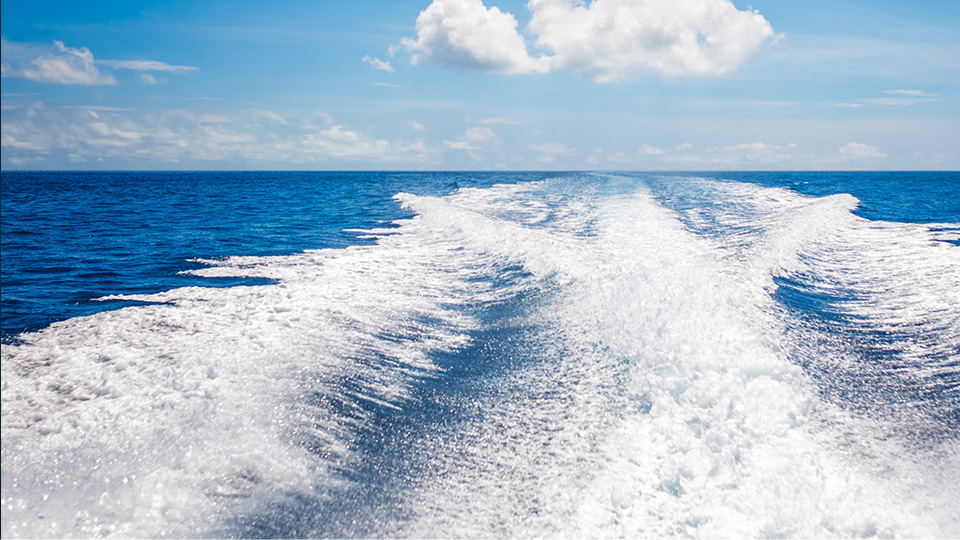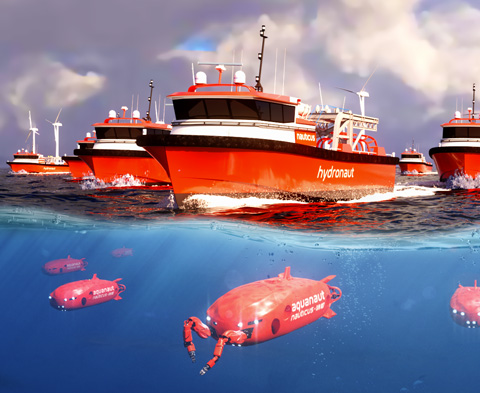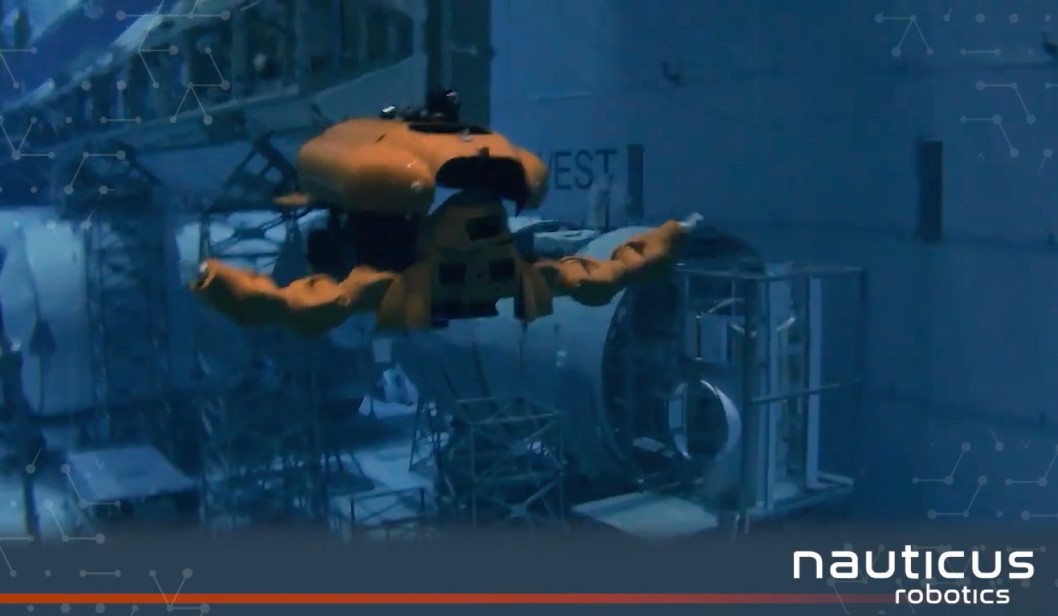Ocean Decarbonization: How Can a Robotics Company Contribute?
November 22nd, 2022According to the European Commission, if the global Blue Economy were a national economy, it would be the seventh largest in the world. However, the oceans have long been omitted from the green agenda and sustainability efforts have primarily focused onshore.
There is a growing awareness now of the damage human activity is having on ocean ecosystems. Reducing greenhouse gas emissions, as well as overfishing, habitat destruction, and pollution is a strong market driver that has inspired companies from many industries to reduce greenhouse gas emissions, overfishing, habitat destruction and pollution.
Today, as some net-zero goals appear difficult to reach, it seems more and more clear that we will not achieve them without making the oceans green. To reach our global sustainability objectives and help save our planet, we must embrace ocean decarbonization.

The Challenges of Ocean Decarbonization
Modern day offshore service vessels, which serve the offshore oil and gas and offshore wind markets, emit 30 to 70 metric tons of CO2 per day, with an average of 40MT. These vessels can be between 90 and 180 meters long and consume 8 to 15 m^3 of fuel per day.
Why does the vessel need to be so big? We learned that, half the time, vessels are big for a good reason. The size is necessary for heavy construction or heavy maintenance tasks that use cranes to pick and place large equipment on the seabed. The other half of the time, vessels are deploying and retrieving remotely operated vehicles (ROVs), which enable human control through an umbilical that runs from the ROV to the surface vessel.
Larger vessels — like those typically used for subsea work — require multiple solutions to operate in a cleaner way, such as biofuels, ammonia, and hydrogen fuels. Unfortunately, these technologies are not yet commercialized, and it is going to be several years before companies can use them in a commercially viable manner.
How We’re Taking On Ocean Decarbonization
Nauticus Robotics has been investing in a range of cutting-edge technologies to help with ocean decarbonization. It’s why we invented Hydronaut, a small, optionally crewed vessel operating on the surface to support the Aquanaut, our intelligent, tetherless underwater robot.
As a small vessel, Hydronaut already has a smaller footprint than the large vessels that can produce 10 to 15 times more carbon. Its compact form enables it to use a mere 0.5m^3 of fuel per day. Utilizing machine intelligence within a robot (like our Aquanaut) removes the need for the umbilical, and by doing so the vessel can be drastically reduced in size or can be removed from a project entirely, with the subsea robot residing on the seabed.
But inventing a small vessel is not where we stopped: our goal is to minimize our footprint as much as possible. To achieve this goal, with Hydronaut we use tier-3 engines equipped with carbon scrubbing systems. The carbon that the engine produces is mitigated through these clearing systems. While this process does not eliminate all carbon, it reduces the carbon footprint of Hydronaut to a very low level.
Our journey is just beginning. Our technology generates 90 percent less carbon than our closest competitor today, but we can and want to do better. We are committed to advancing our fleet to become fully carbon neutral in the coming years.
With technologies like our coming fleet of 20 pairs of Hydronauts and Aquanauts, Nauticus is leading the way in showing the world how to move closer to ocean decarbonization. And we are just getting started.

